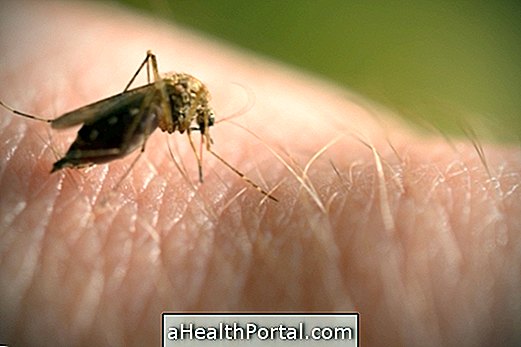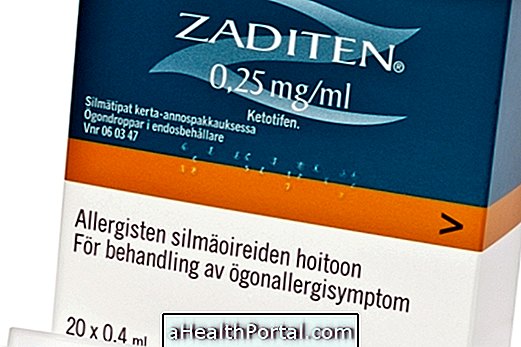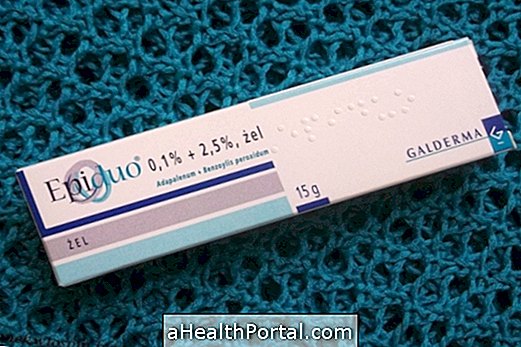Crupe, also known as laryngotracheobronchitis, is an infectious disease that reaches the upper and lower airways and is characterized by symptoms such as difficulty in breathing, hoarseness, and a strong cough. This infection mainly affects children between the ages of 3 and 7 years.
The croup, most often is caused by viruses, is called a viral croup, and causes symptoms that can be confused with that of the cold. The disease is transmitted through the inhalation of saliva droplets released into the air and skin contact with contaminated objects.

Main symptoms
The initial symptoms of the croup are very similar to those of a cold, such as a runny nose, low fever, and mild cough. With the progression of the disease, typical symptoms of the croup arise, such as:
- Difficulty breathing, especially breathing;
- "Dog cough";
- Hoarseness;
- It wheezed while breathing.
Dog cough is very characteristic of the disease and can decrease or disappear during the day but worsen at night. Symptoms of the disease usually get worse at night and can last 3 to 7 days. Often, other complications such as increased heart and respiratory rate, sternum and diaphragmatic pain, and bluish fingertips and lips may occur due to poor oxygenation. Thus, if the symptoms of the croup arise, it is important to go to the pediatrician for treatment to be started and the complications of the disease avoided.
Causes of croup
Croup is an infectious disease caused primarily by viruses, such as Influenzae influenza virus, but can also be caused by bacteria or, less often, by something that can cause allergy and clog the airways. Contamination occurs through contact with surface or contaminated objects and inhalation of droplets of saliva released by sneezing or coughing.
The diagnosis of croup is made by the physician through the observation and analysis of symptoms and cough, but an imaging test such as x-ray may also be required to confirm the diagnosis and exclude other diseases.
How is the treatment done?
Crupe treatment begins primarily in pediatric emergencies and can be continued at home, as indicated by your pediatrician. It is important to drink plenty of fluids to improve hydration and leave the child in a comfortable position to rest. In addition, inhalation of cold, moist air as well as water vapor is very important to help moisten the airways and facilitate breathing.
Some medications, such as corticosteroids or epinephrine, can be used to decrease airway inflammation and improve breathing discomfort, and paracetamol can be taken to decrease fever. Do not take cough suppressants unless your doctor tells you to stop coughing. Antibiotics are only recommended by the doctor when the croup is caused by bacteria or when the child has any chance of developing bacterial infection.
When Crupe does not improve after 14 days or worsens symptoms, patients may be hospitalized for oxygen and other, more effective medications to treat the infection.
Here's how feeding can help your child recover faster:






















